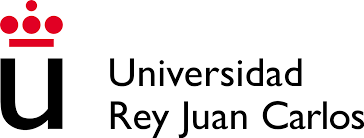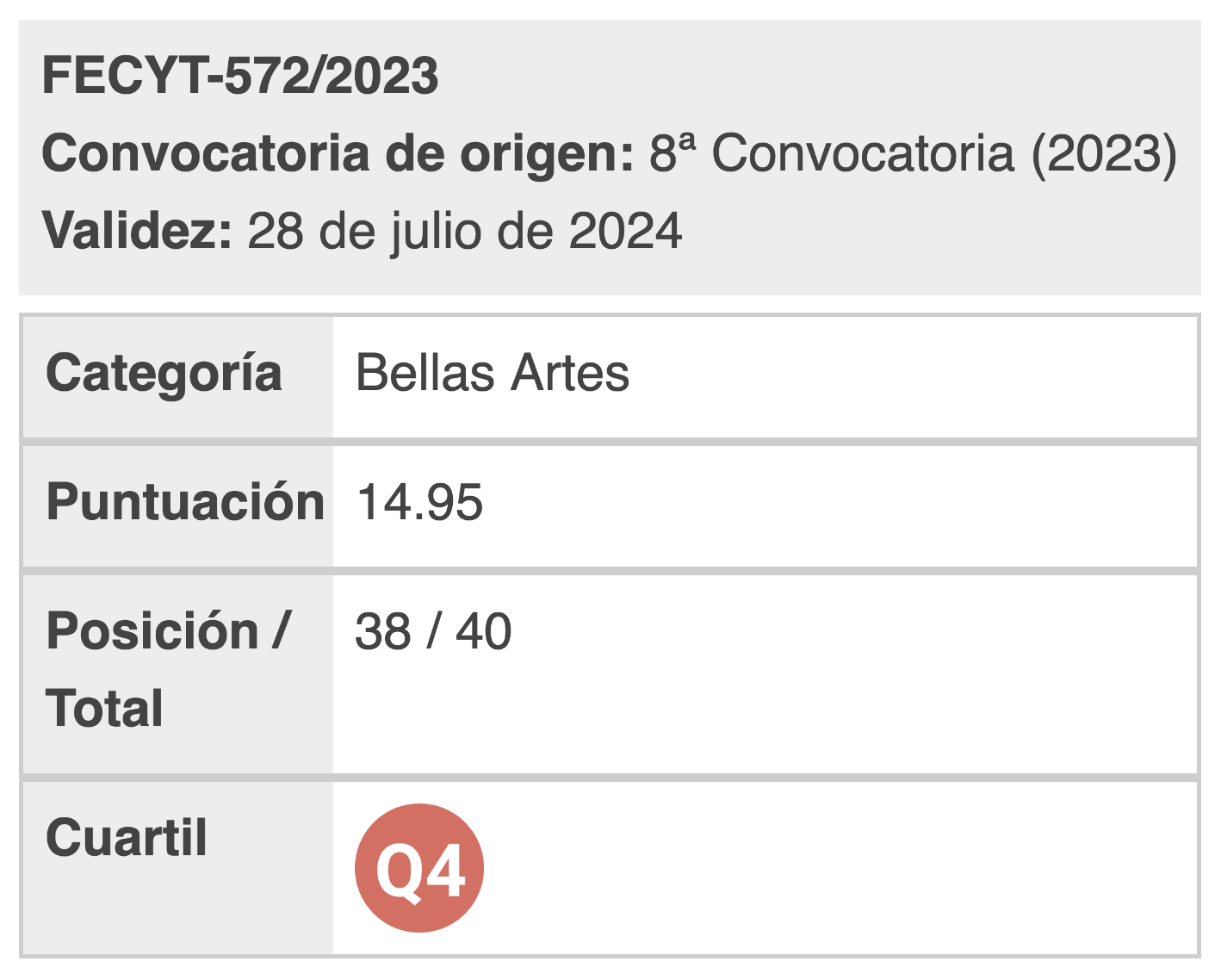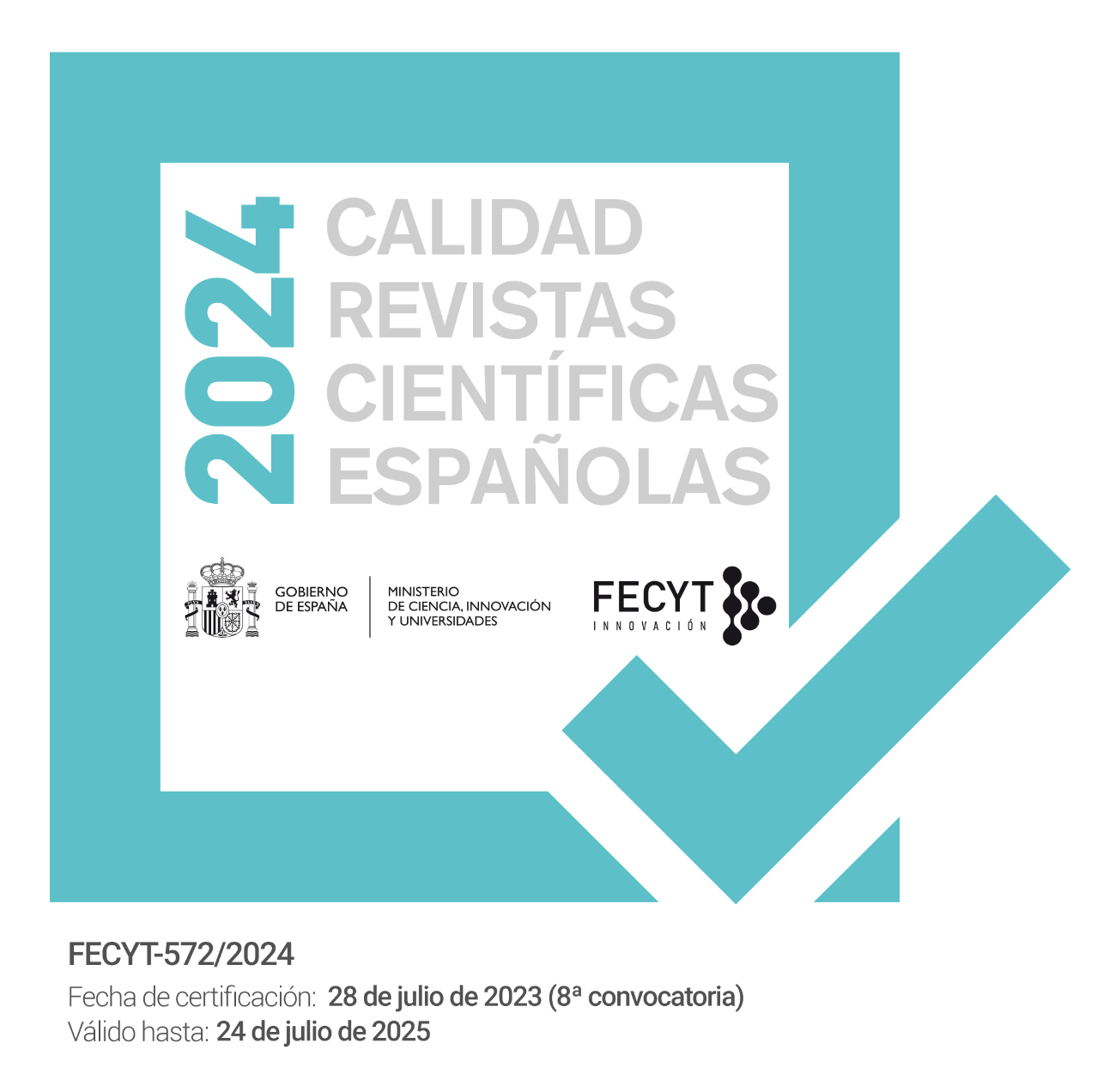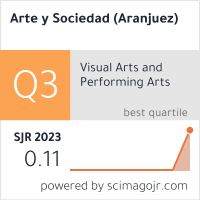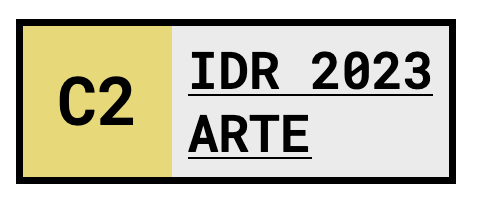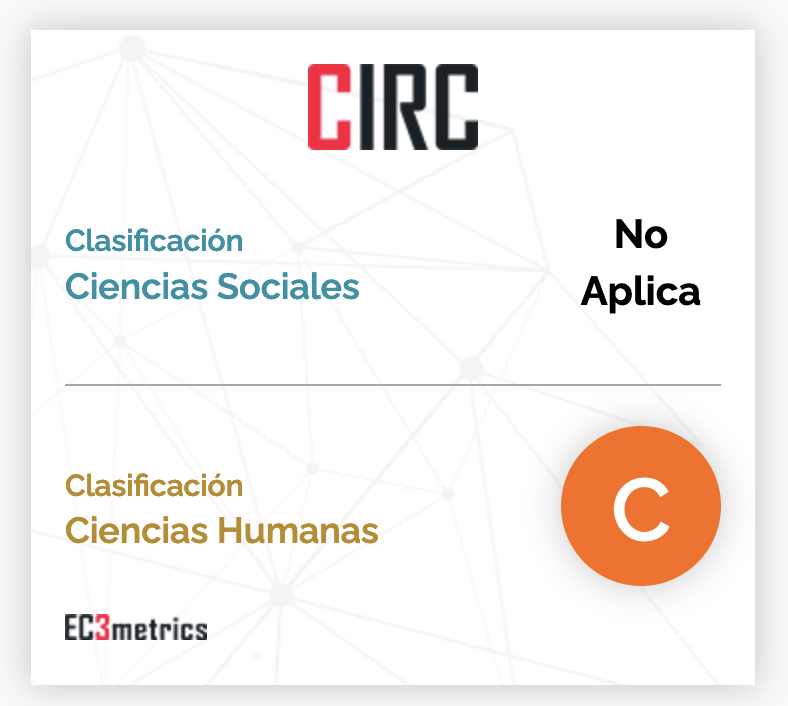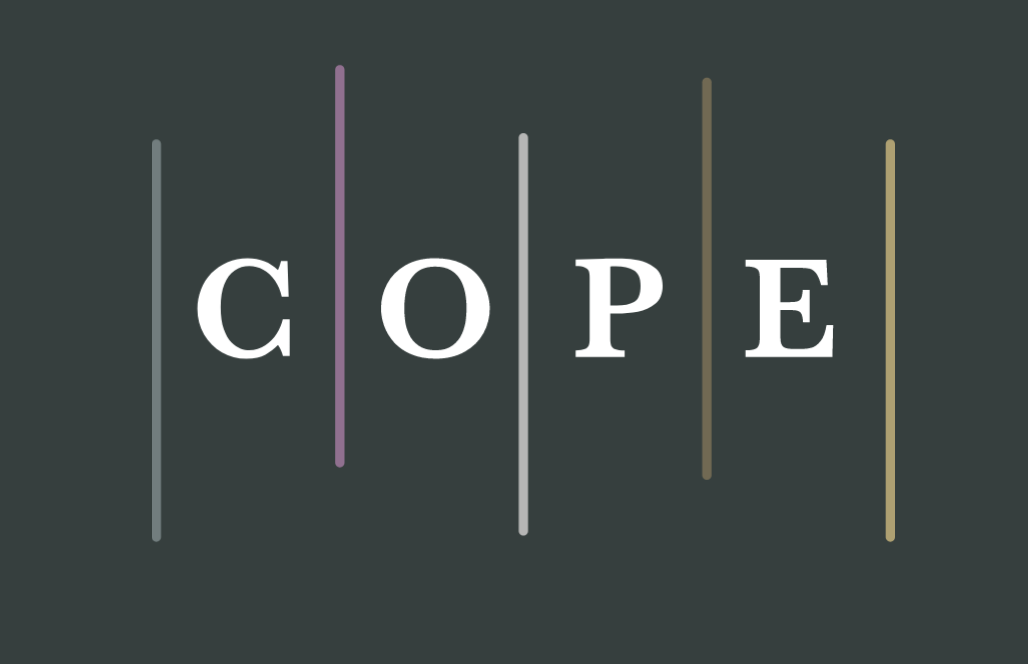Visualizing the invisible: the kaleidoscopic image and the procedures associated with multiple and connective visuality
DOI:
https://doi.org/10.5281/zenodo.7656389Keywords:
Kaleidoscopic image, visuality, Liquid image, network-culture, Black holeAbstract
The current context, characterized by the liquid nature of network-culture, can be categorized as kaleidoscopic. This article presents how the kaleidoscopic image structure was essential in the pre-internet era, with the connective software of the artist Agnes Denes. Her ideas, related to the visualization of the invisible, are somewhat reminiscent of current procedures such as the Event Horizon Telescope for visualizing black holes, where the flow of images is the protagonist.
References
Alazraki, J. (1994) Hacia Cortázar: aproximaciones a su obra. Anthropos.
Bauman, Z. (2002) Modernidad líquida. Fondo de Cultura Económica.
Borges, J. L. (1984) El Aleph. Alianza.
Bouman, K. (2016) How to take a picture of a black hole. Ted talks. Recuperado el 5 de mayo de 2019 https://www.ted.com/talks/katie_bouman_what_does_a_black_hole_look_like?utm_campaign=tedspread&utm_medium=referral&utm_source=tedcomshare
Bourriaud, N. (2009) Radicante. Adriana Hidalgo.
Cirlot, V. (2009) Hildegard von Bingen y la tradición visionaria de Occidente. Herder.
Deleuze, G. (1987) La imagen-tiempo: Estudios sobre cine 2. Paidós.
_________ (1983) La imagen-movimiento. Estudios sobre cine 1. Paidós.
Denes, A. (2015) The Living Pyramid (Ebook). New York: Socrates Publishing. Recuperado el 5 de mayo de 2019 de https://issuu.com/socratessculpturepark/docs/issuu-ad-catalog-08-10-2015
Denes, A. (1986) Notes on a visual philosophy. Computers & Mathematics with Applications, 12B (3, 4), 835-848. Recuperado el 5 de mayo de 2019 de https://doi.org/10.1016/0898-1221(86)90428-1
Denes, A. (1970) Triangulate your thoughts. En The Jewish Museum, Software. Information technology: its new meaning for art (pp. 26-27). New York: The Jewish Theological Seminary of America Library Congress.
Denes, A. & Homer, N. (2014) Agnes Denes: interview. A Visionary Artist [Entrevista]. Studio International. Recuperado el 5 de mayo de 2019 de https://www.studiointernational.com/index.php/agnes-denes-interview-a-visionary-artist
Doeleman, S. (2019) Focus on the First Event Horizon Telescope Results (Focus Issue). The Astrophysical Journal Letters, 875. Recuperado el 5 de mayo de 2019 de https://iopscience.iop.org/journal/2041-8205/page/Focus_on_EHT
Duchamp, M. (2012) Escritos. Galaxia Gutenberg.
Event Horizon Telescope (2019). Key Science Objectives. Imaging a Black Hole. Recuperado el 5 de mayo de 2019 de https://eventhorizontelescope.org/science
Fontcuberta, J. (2013) Joan Fontcuberta (Entrevista de B. Espejo). El cultural. Recuperado el 5 de mayo de 2019 de https://www.elcultural.com/noticias/buenos-dias/Joan-Fontcuberta/4416
___________ (2011) Por un manifiesto postfotográfico. La vanguardia. Recuperado el 5 de mayo de 2019 de https://www.lavanguardia.com/cultura/20110511/54152218372/por-un-manifiesto-posfotografico.html
Foster, H. (1985) La posmodernidad. Kairós
Heidegger, M. (1971) Poetry, Language, Thought. Harper Colophon.
Lippard, L. R. (2004) Seis años: la desmaterialización del objeto artístico de 1966 a 1972. Akal.
Martin Prada, J. (2018) El ver y las imágenes en el tiempo de internet. Akal.
Mateo, J. (2018a) La construcción fragmentaria como método de creación en la historia del arte. Revista de Investigación en Artes Visuales ANIAV, 3, 9-23. Recuperado el 5 de mayo de 2019 de https://doi.org/10.4995/aniav.2018.10059
Mateo, J. (2018b) Lo fragmentado como método y contexto: la modernidad y sus procesos de creación en la vanguardia. En M. Ansón et al., 1ª Jornada PhDay Complutense Bellas Artes (pp. 77-81). Madrid: Universidad Complutense. Recuperado el 5 de mayo de 2019 de https://eprints.ucm.es/50393/
Rioseco, F. (2017) Tigres azules de J. L. Borges. Lógica, verdad y mundos imposibles. Revista de Humanidades de Valparaíso, 10, 7-27. Recuperado el 5 de mayo de 2019 de https://revistas.uv.cl/index.php/RHV/article/view/67/1076
Vergara, M. N. (2018) La perspectiva caleidoscópica y la asociación visual como metodología de investigación artística. En M. Ansón et al., 1ª Jornada PhDay Complutense Bellas Artes (pp. 110-116). Madrid: Universidad Complutense. Recuperado el 5 de mayo de 2019 de https://eprints.ucm.es/50393/

Published
How to Cite
Issue
Section
License

This work is licensed under a Creative Commons Attribution 4.0 International License.
You are free to:
Share — copy and redistribute the material in any medium or format.
Adapt — remix, transform, and build on the material for any purpose, including commercial.
Attribution — You must properly acknowledge the authorship, provide a link to the license, and indicate if any changes have been made.
You may do so in any reasonable manner, but not in any way that suggests that you endorse or receive any endorsement by the licensor for your use.
No additional restrictions — You may not apply legal terms or technological measures that legally restrict you from doing what the license allows.

